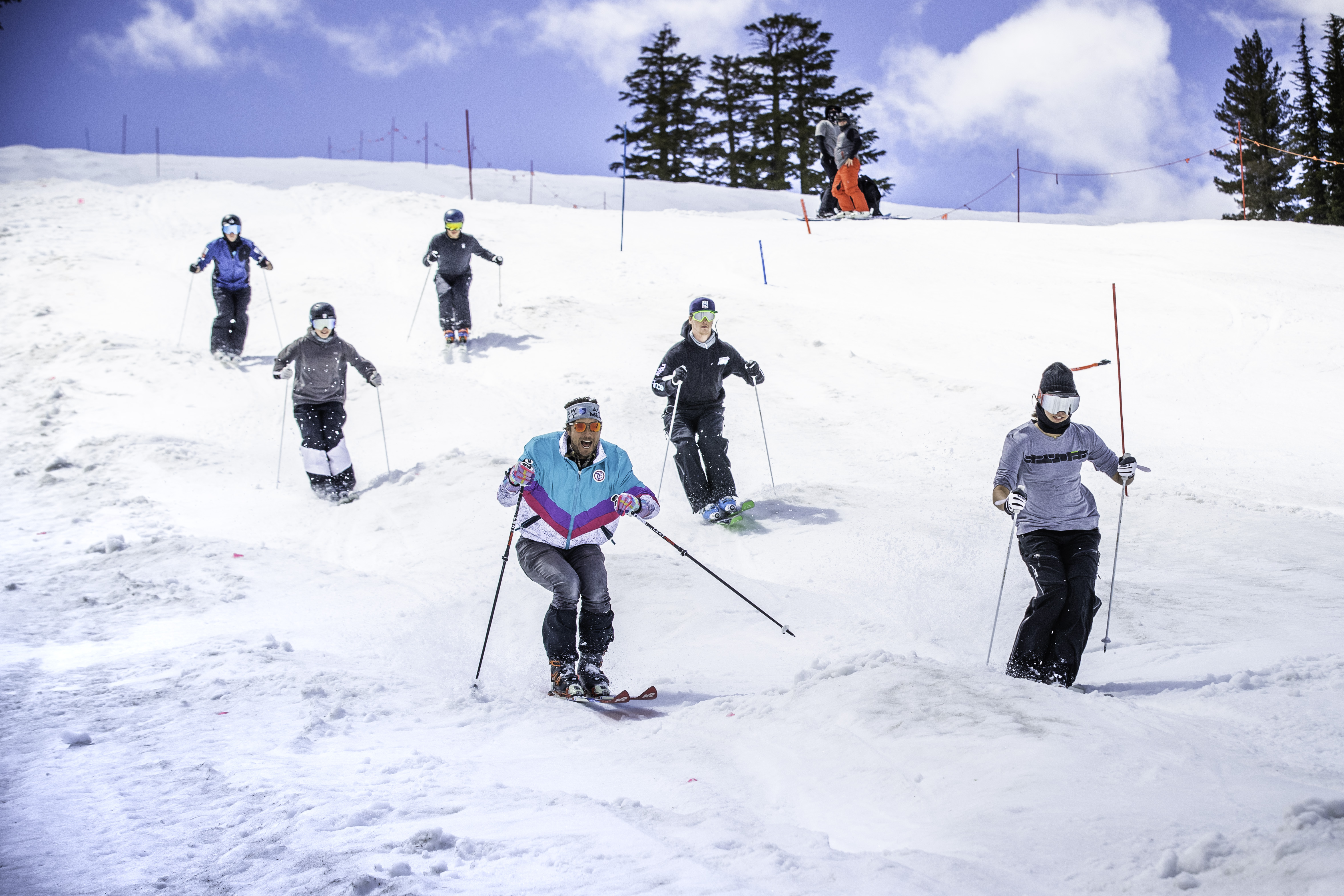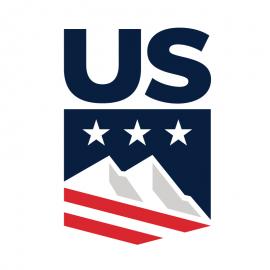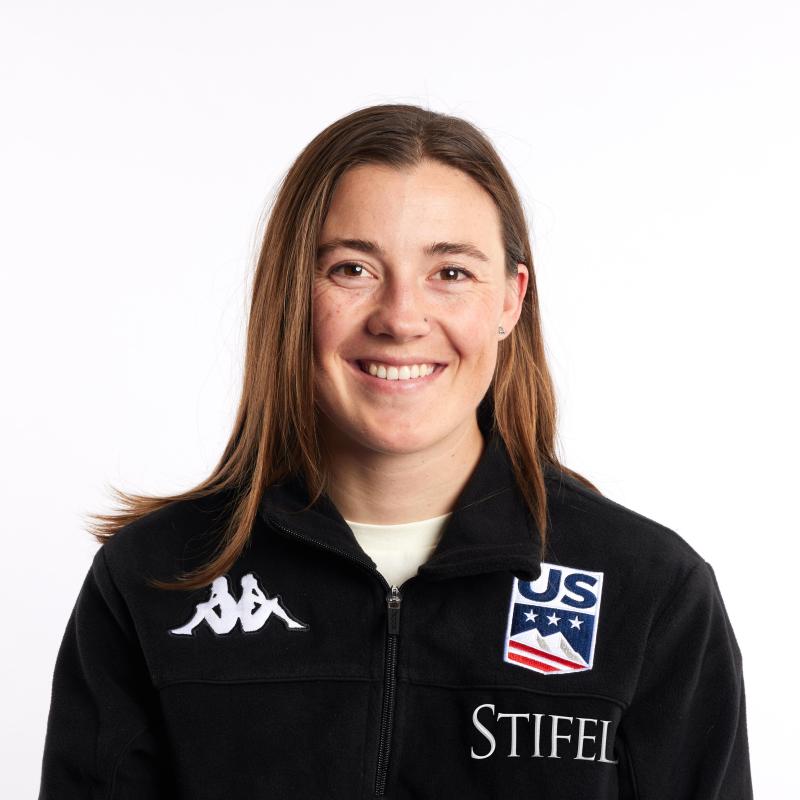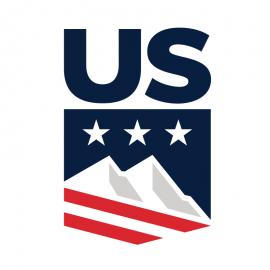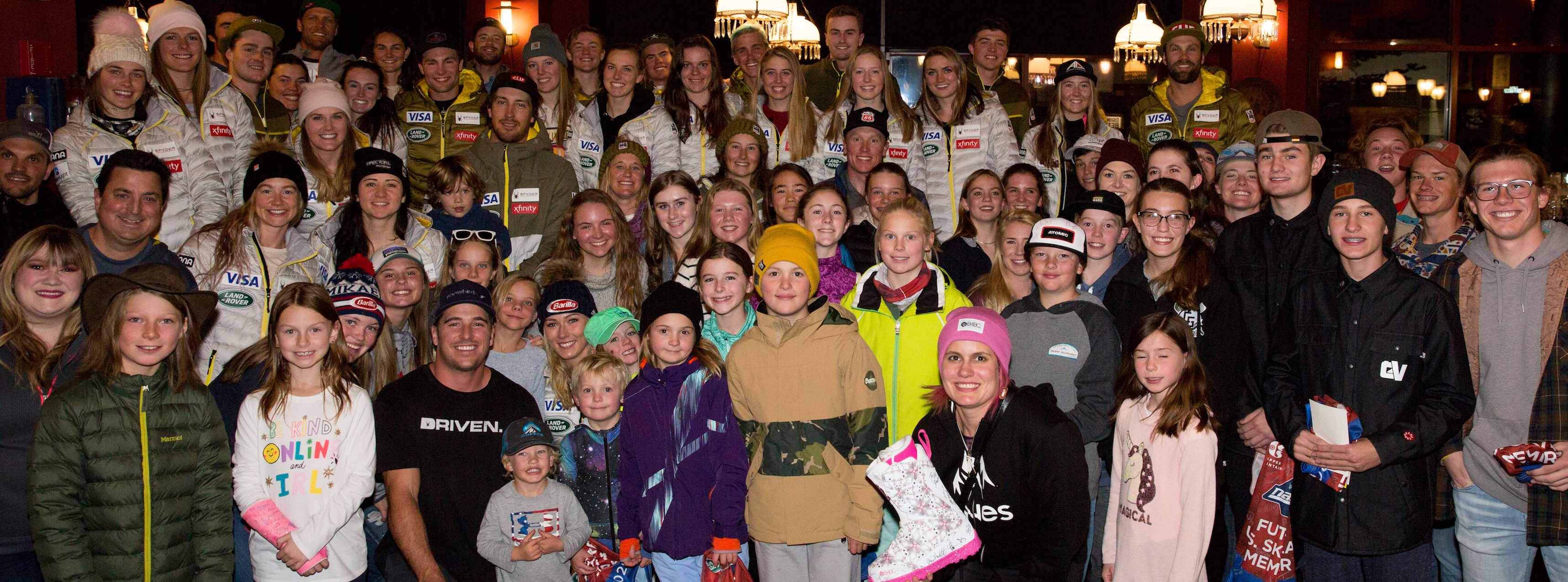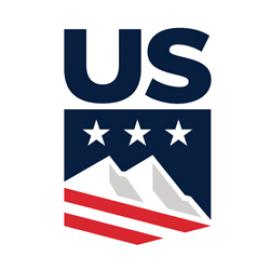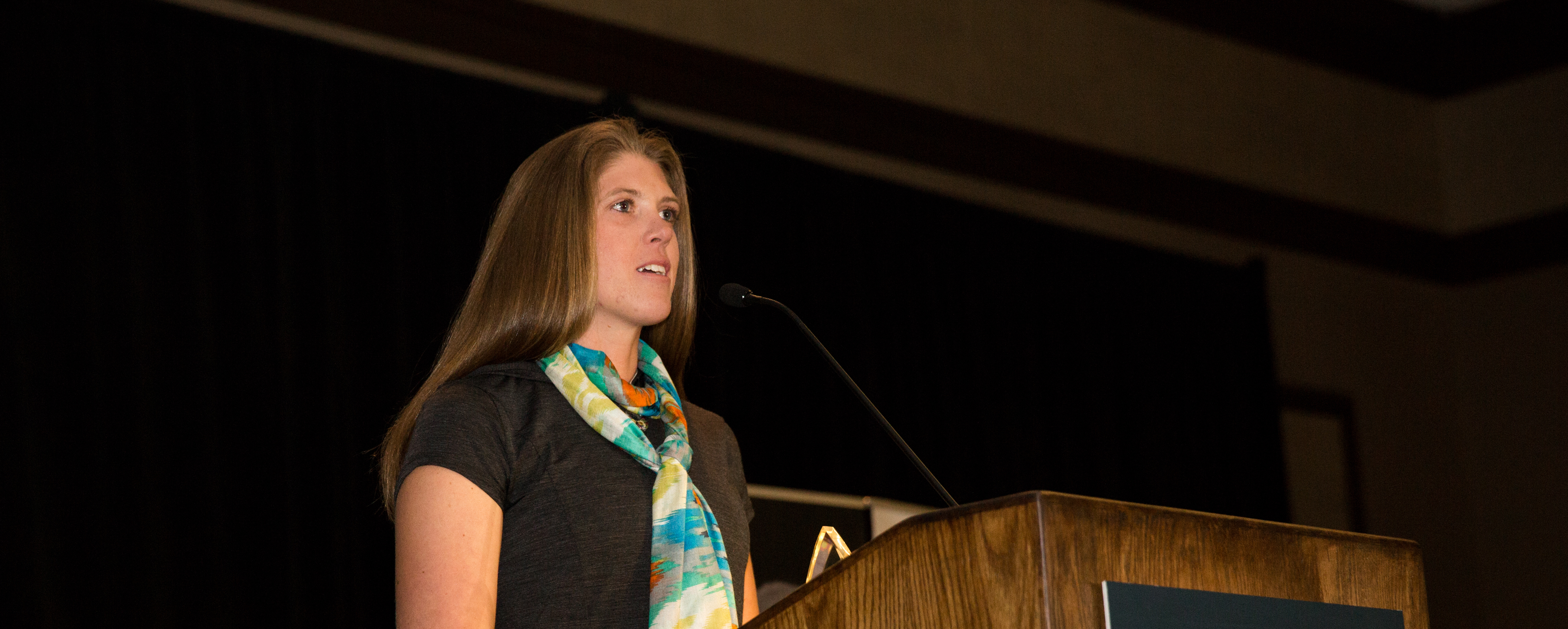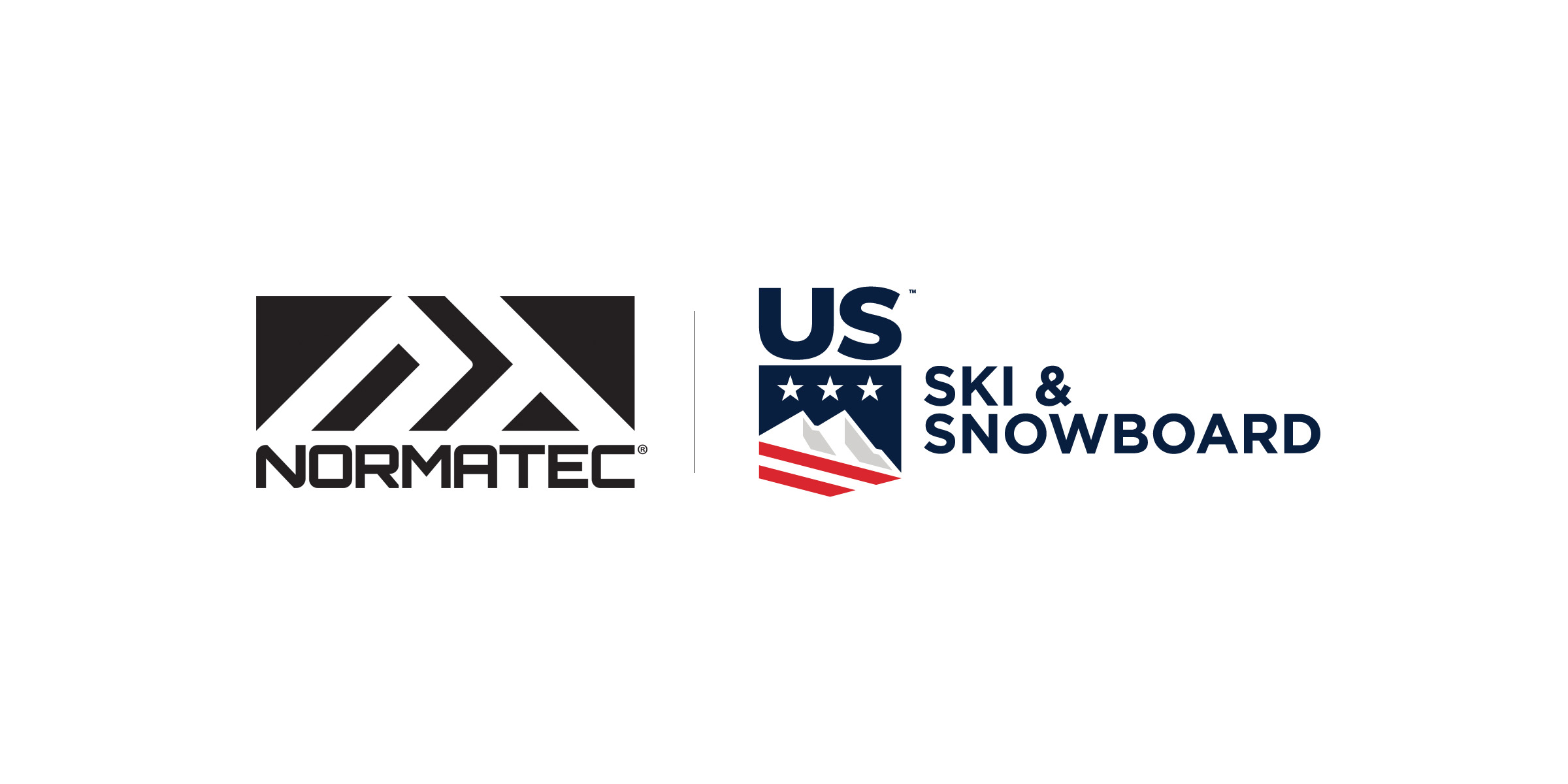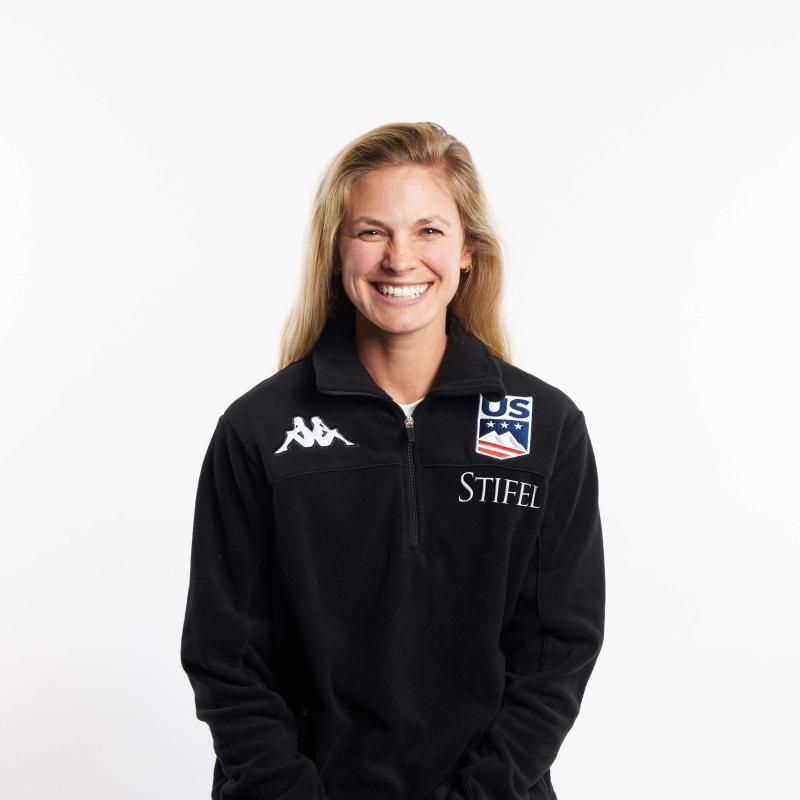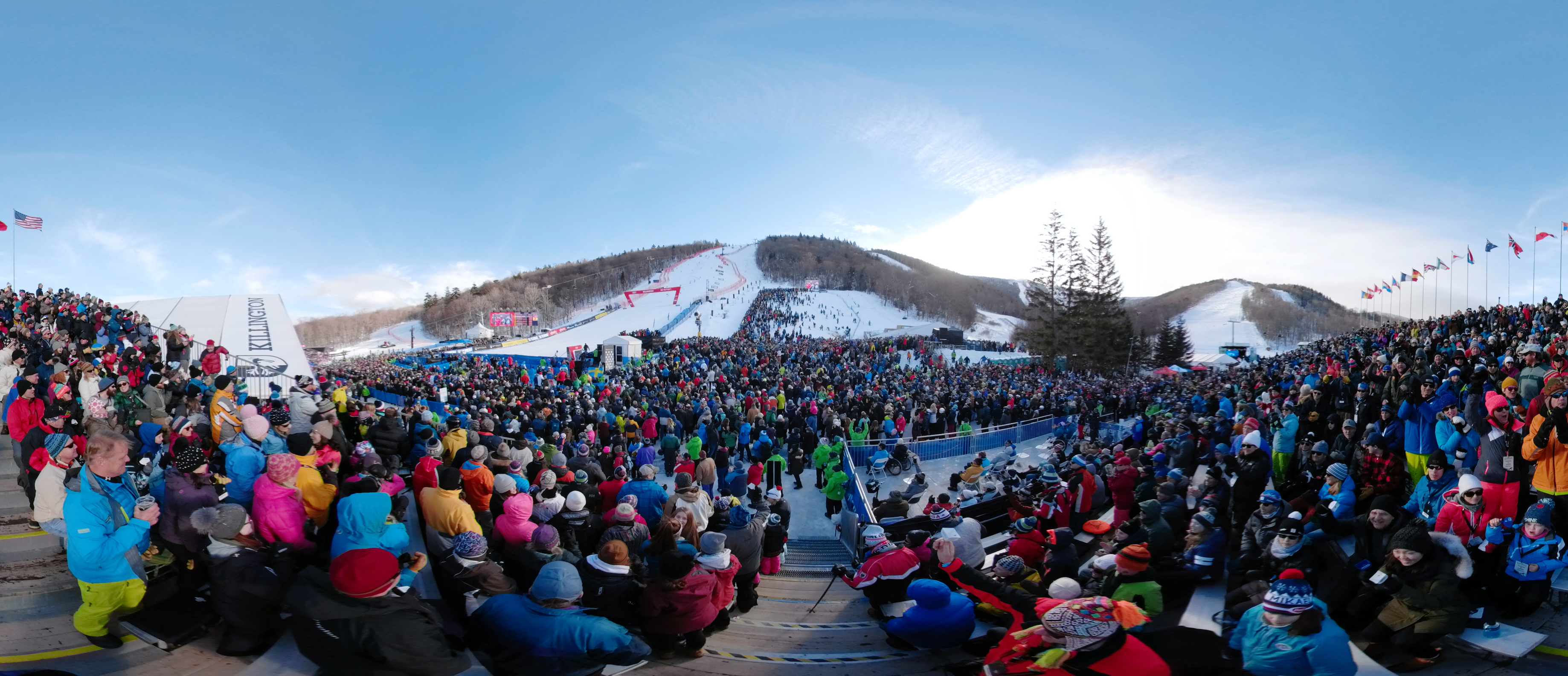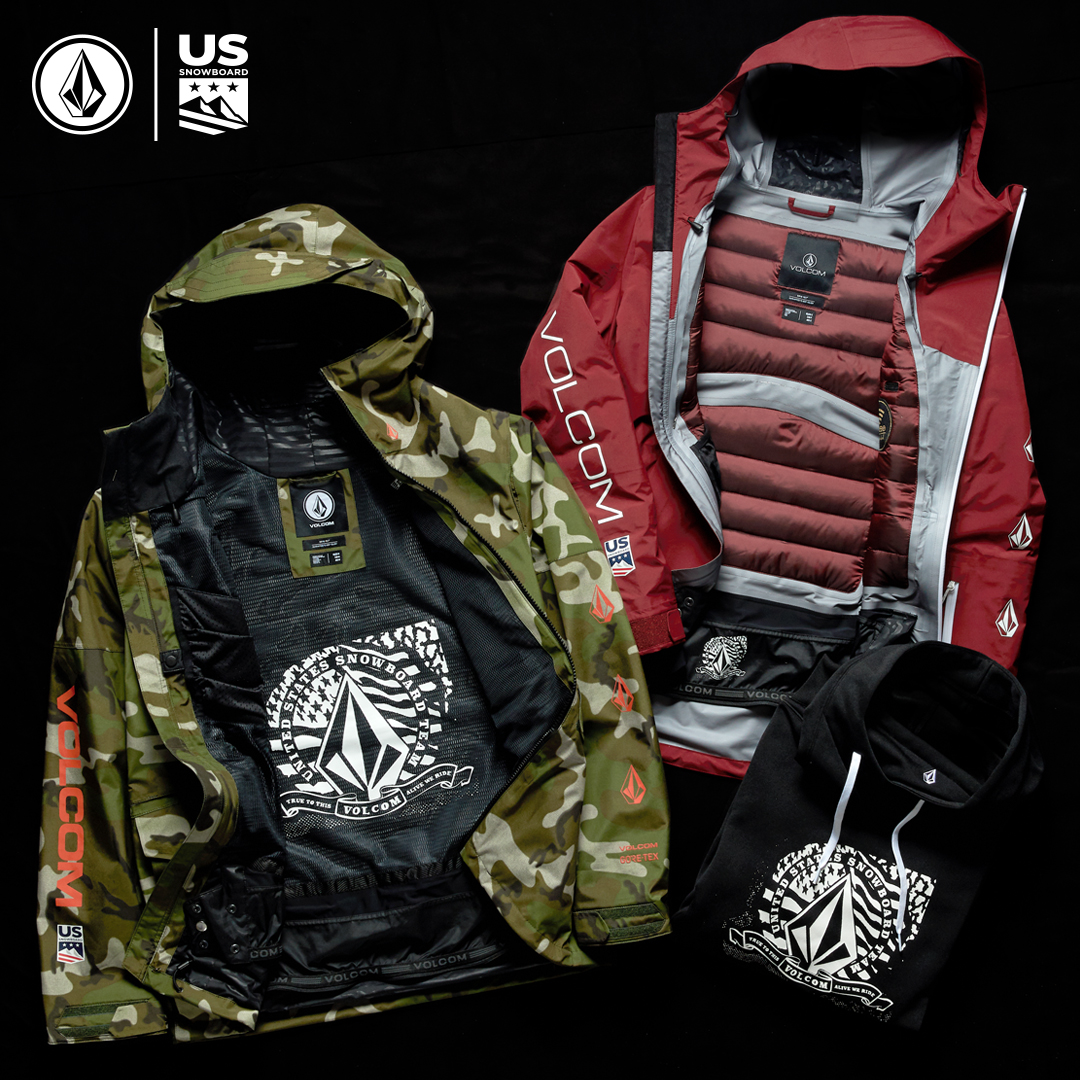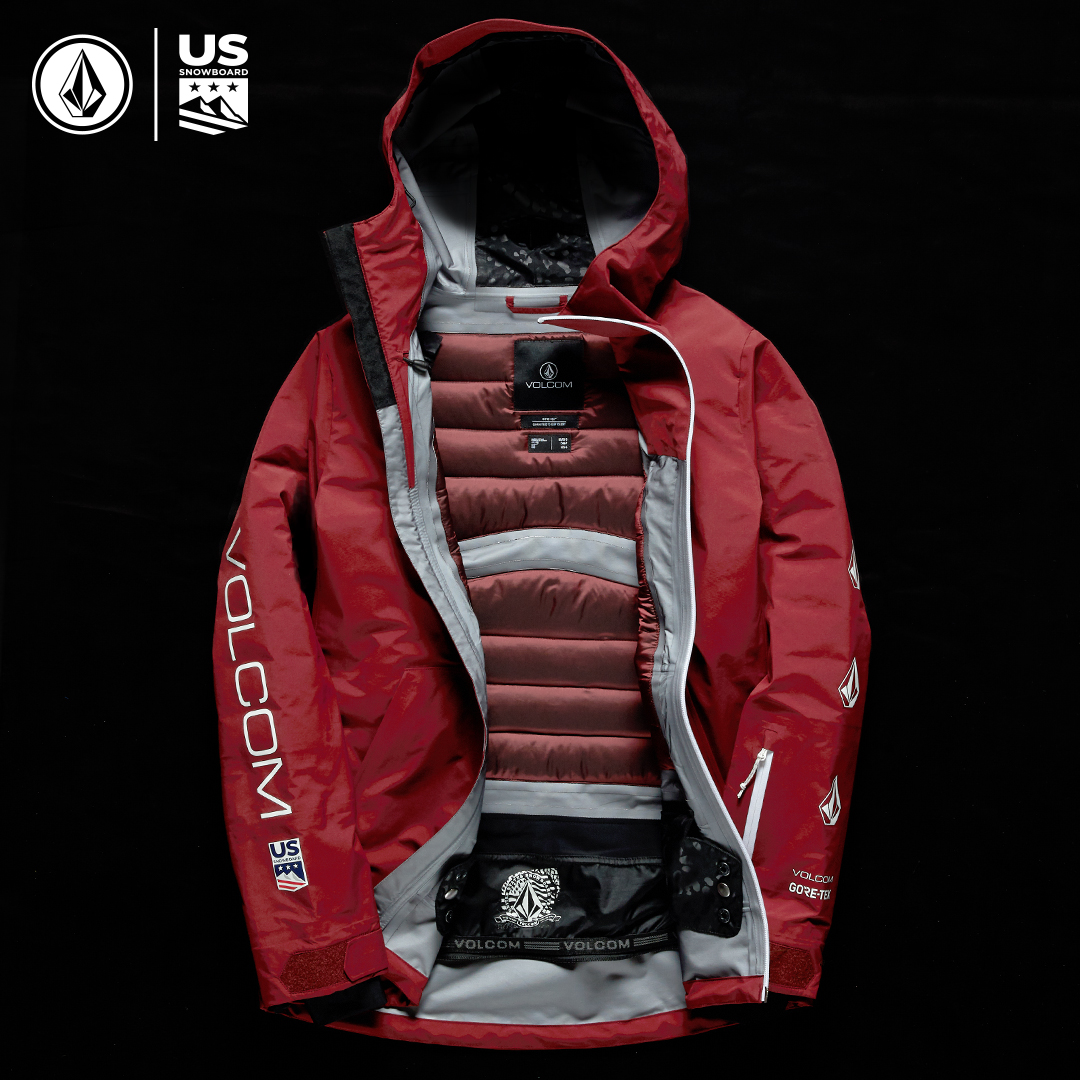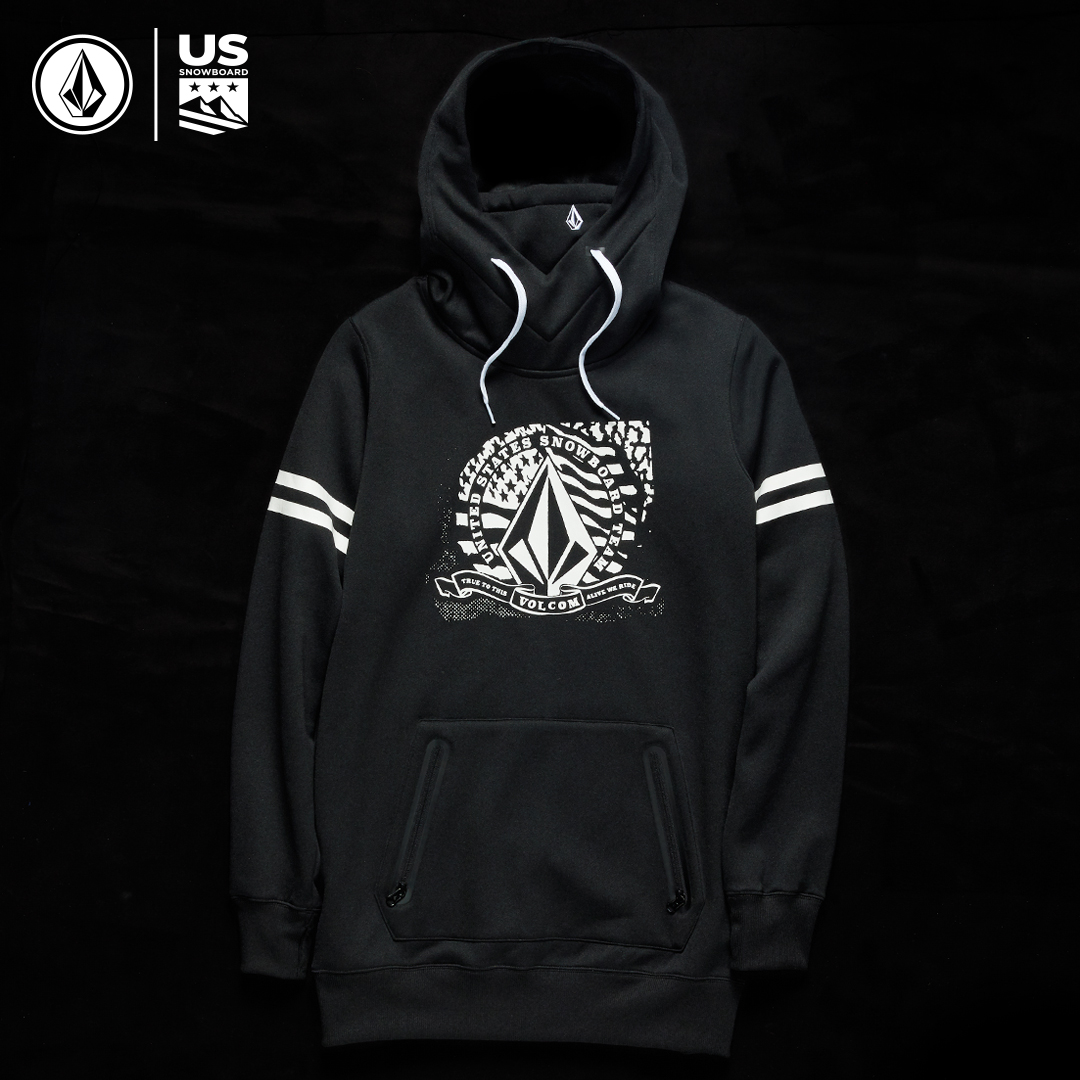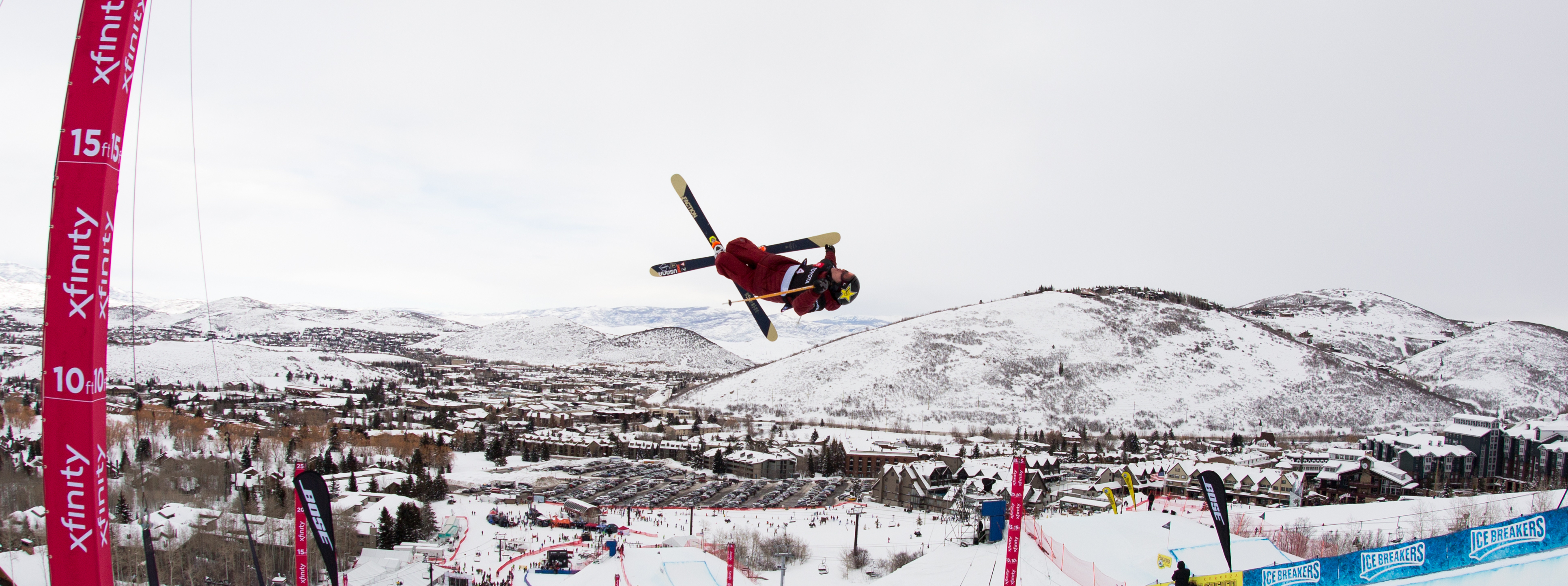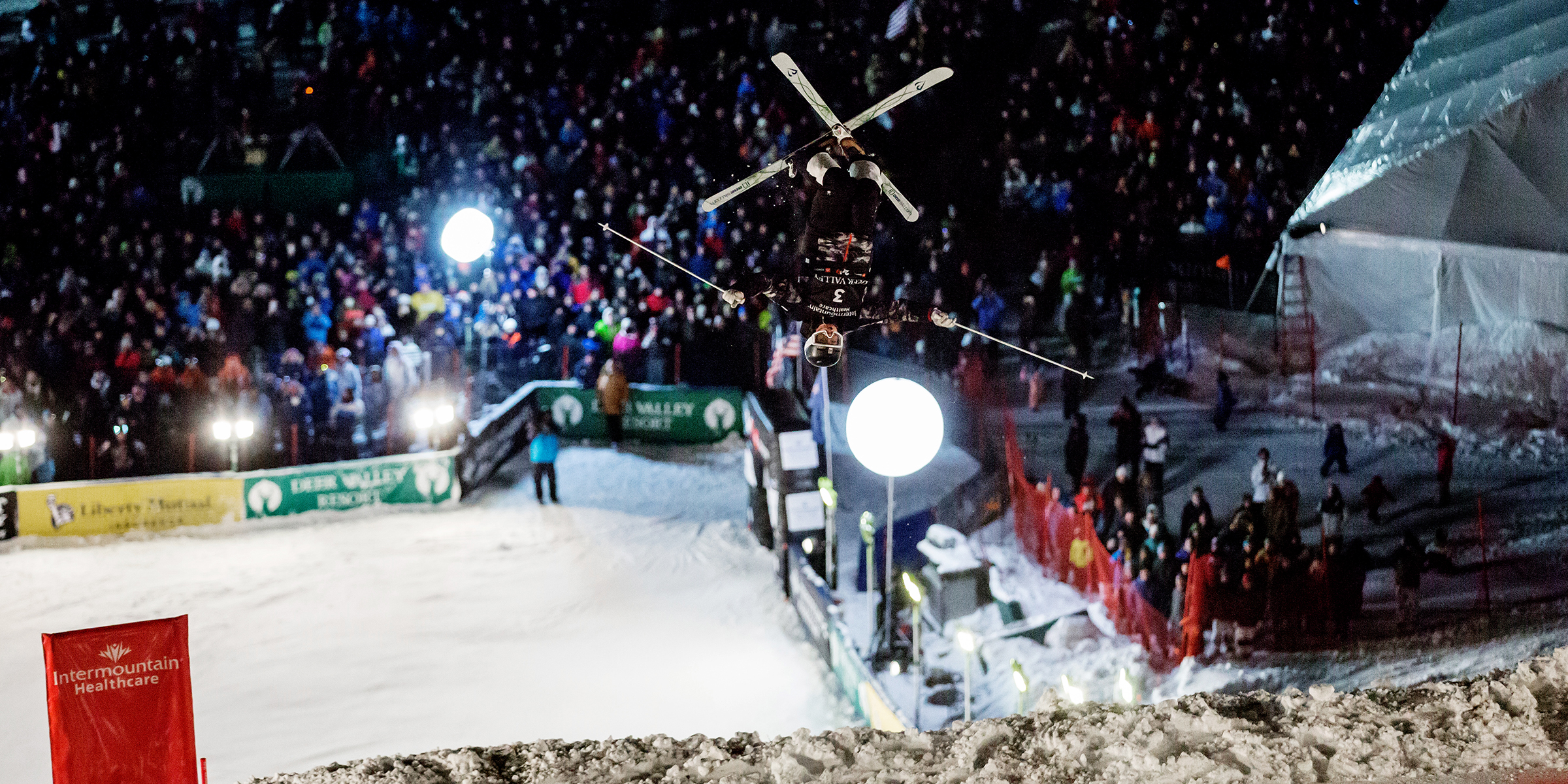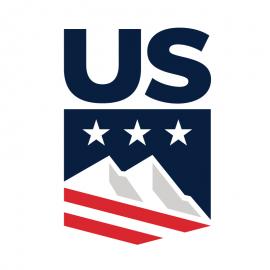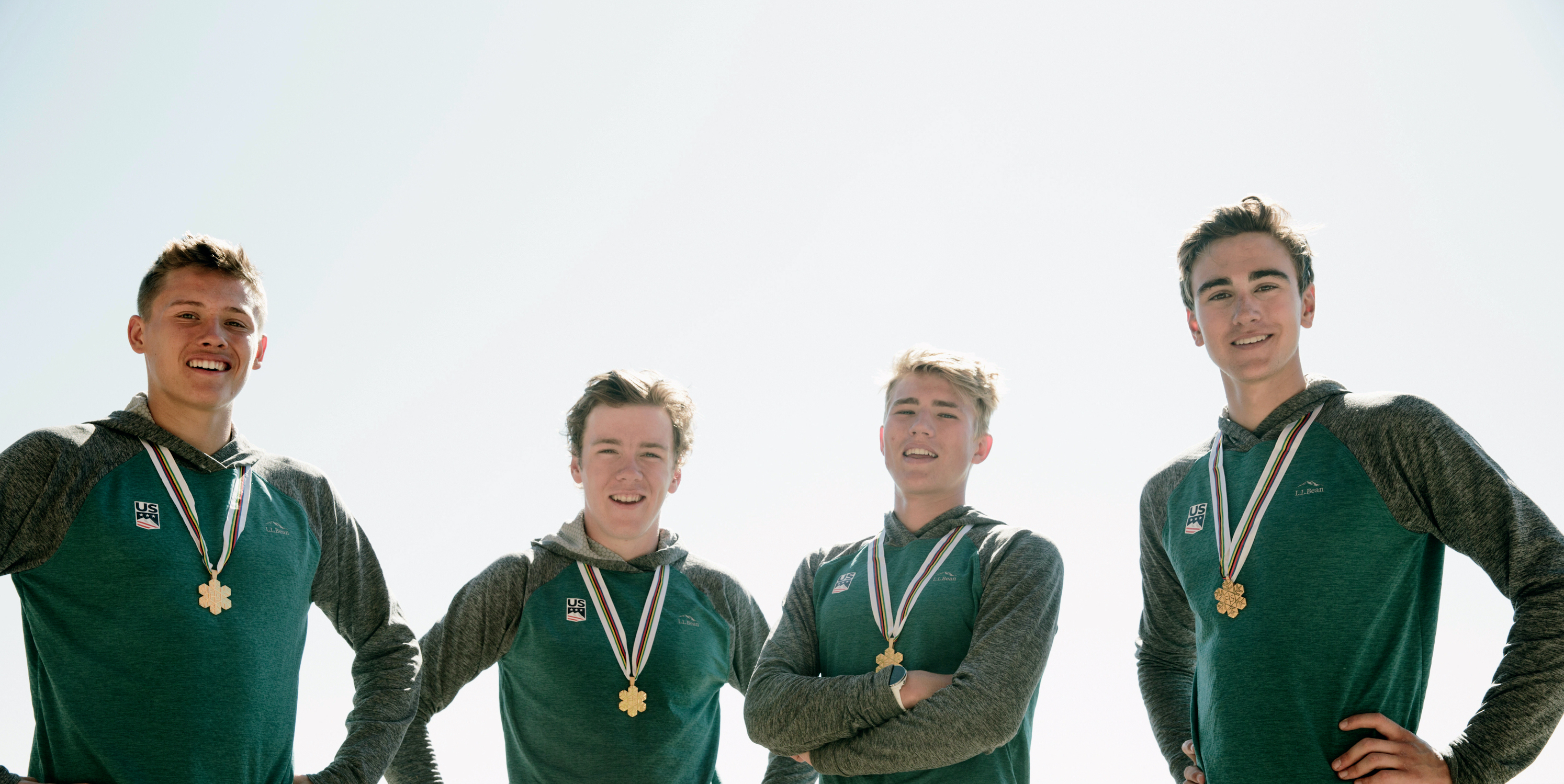STAMFORD, Conn. – NBC Sports will showcase over 150 hours of 2019-20 FIS Alpine Skiing World Cup programming across NBC, NBCSN, Olympic Channel: Home of Team USA, NBCSports.com, the NBC Sports app, OlympicChannel.com and the Olympic Channel app.
The season will kick off in 10 days in Levi, Finland, with the Women’s Slalom on Saturday, Nov. 23. Live coverage will air at 7 a.m. ET on Olympic Channel: Home of Team USA, which will televise 100+ hours of FIS Alpine coverage this season, and will re-air later in the day at 6 p.m. ET on NBCSN.
Additional FIS Alpine Skiing coverage will also be available on NBC Sports Gold’s “Snow Pass” and the Olympic Channel digital platforms. Among the events exclusive to NBC Sports Gold are the Giant Slalom and Slalom events in Lienz, Austria, on December 28-29, and the Hahnenkamm downhill race from Kitzbühel, Austria, on January 24. “Snow Pass” can be purchased here.
U.S. Olympic gold medalists Mikaela Shiffrin and Ted Ligety, as well as Steven Nyman, Travis Ganong, Bryce Bennett and Tommy Ford headline the U.S. Ski Team this season. Shiffrin, the three-time defending overall World Cup champion, returns to World Cup competition following a dominant performance last season in which she captured a record 17 victories, becoming the first skier to win the overall, super-G, giant slalom and slalom World Cup titles in a single season.
NBC Sports’ 2019-20 FIS Alpine Skiing World Cup schedule spans three continents and is highlighted by events in Lake Louise, Alberta, Canada (Nov. 30–Dec. 1, Dec. 6–8); Killington, Vermont (Nov. 30 – Dec. 1); Beaver Creek, Colorado (Dec. 6–8); Wengen, Switzerland (Jan. 17–19); and the concluding event of the FIS Alpine Skiing World Cup season in Cortina d’Ampezzo, Italy (Feb. 17–22), which will also host the 2021 World Championships and 2026 Winter Olympics.
Over the course of the 2019-20 FIS Alpine Skiing World Cup season, a number of NBC Sports Olympics commentators will call the action including Dan Hicks, Steve Porino, Steve Schlanger, Cara Banks, and U.S. Ski & Snowboard alumnus and Olympic medalist Andrew Weibrecht.
STREAMING COVERAGE OF FIS ALPINE SKIING WORLD CUP
NBCSports.com and the NBC Sports app — NBC Sports Group’s live streaming platforms for desktops, mobile devices, tablets, and connected TVs — will provide streaming coverage of the 2019-20 FIS Alpine Skiing World Cup events airing on NBC, NBCSN and Olympic Channel: Home of Team USA via “TV Everywhere,” giving consumers additional value for their subscription service, and making high quality content available to MVPD customers both in and out of the home and on multiple platforms.
NBCSports.com and the NBC Sports app are powered by Playmaker Media and available on the iTunes App Store, Google Play, Windows Store, Roku Channel Store, Apple TV and Amazon Fire.
All linear coverage on NBCSN will stream on NBCSports.com and the NBC Sports app. All linear coverage on Olympic Channel: Home of Team USA will stream on OlympicChannel.com and the Olympic Channel app, in addition to NBCSports.com and the NBC Sports app.
***
Below is NBC Sports’ telecast schedule for the 2019-20 FIS Alpine Skiing World Cup season:
(All times EST)
11/23/19
7 a.m., Women’s Slalom – Levi, Finland, Olympic Channel: Home of Team USA
6 p.m., Women’s Slalom – Levi, Finland*, NBCSN
11/24/19
7 a.m., Men’s Slalom – Levi, Finland, Olympic Channel: Home of Team USA
11/30/19
9:40 a.m., Women’s Giant Slalom (Run 1) – HomeLight Killington Cup, Olympic Channel: Home of Team USA
12:30 p.m., Women’s Giant Slalom – HomeLight Killington Cup, NBCSN
2 p.m., Men’s Downhill – Lake Louise, Alberta, Olympic Channel: Home of Team USA
3:30 p.m., Women’s Giant Slalom – HomeLight Killington Cup*, NBC
5 p.m., Women’s Giant Slalom – HomeLight Killington Cup*, Olympic Channel: Home of Team USA
9 p.m., Men’s Downhill – Lake Louise, Alberta*, NBCSN
12/1/19
9:40 a.m., Women’s Slalom (Run 1) – HomeLight Killington Cup, Olympic Channel: Home of Team USA
12:30 p.m., Women’s Slalom – HomeLight Killington Cup, NBC
2 p.m., Men’s Super-G – Lake Louise, Alberta, NBC
5:30 p.m., Women’s Slalom – HomeLight Killington Cup*, Olympic Channel: Home of Team USA
7:30 p.m., Women’s Slalom – HomeLight Killington Cup*, NBCSN
10:30 p.m., Men’s Super-G – Lake Louise, Alberta*, Olympic Channel: Home of Team USA
12/6/19
12:30 p.m., Men’s Super-G – Xfinity Birds of Prey, NBCSN
2:30 p.m., Women’s Downhill – Lake Louise, Alberta, Olympic Channel: Home of Team USA
7:30 p.m, Men’s Super-G – Xfinity Birds of Prey*, Olympic Channel: Home of Team USA
11 p.m., Women’s Downhill – Lake Louise, Alberta*, NBCSN
12/7/19
1 p.m., Men’s Downhill – Xfinity Birds of Prey, Olympic Channel: Home of Team USA
2:30 p.m., Women’s Downhill – Lake Louise, Alberta, Olympic Channel: Home of Team USA
11 p.m., Men’s Downhill – Xfinity Birds of Prey*, NBCSN
12/8/19
11:40 a.m., Men’s Giant Slalom (Run 1) – Xfinity Birds of Prey, Olympic Channel: Home of Team USA
1 p.m., Women’s Super-G – Lake Louise, Alberta, Olympic Channel: Home of Team USA
2:30 p.m., Men’s Giant Slalom – Xfinity Birds of Prey, Olympic Channel: Home of Team USA
5 p.m., Men’s Giant Slalom – Xfinity Birds of Prey*, NBC
6 p.m., Women’s Super-G – Lake Louise, Alberta*, NBCSN
12/13/19
4:30 a.m., Women’s Super-G – St. Moritz, Switzerland, Olympic Channel: Home of Team USA
12/14/19
7 a.m., Men’s Giant Slalom – Val d’Isere, France, Olympic Channel: Home of Team USA
9:30 p.m., Women’s Super-G – St. Moritz, Switzerland*, NBCSN
12/15/19
6:30 a.m., Men’s Slalom – Val d’Isere, France, Olympic Channel: Home of Team USA
7:30 a.m., Women’s Parallel Slalom – St. Mortiz, Switzerland, Olympic Channel: Home of Team USA
8 p.m., Women’s Parallel Slalom – St. Mortiz, Switzerland*, NBCSN
12/17/19
7:30 a.m., Women’s Giant Slalom – Courchevel, France, Olympic Channel: Home of Team USA
12/18/19
6 p.m., Women’s Giant Slalom – Courchevel, France**, NBCSN
12/19/19
5:30 a.m., Men’s Super-G – Val Gardena, Italy, Olympic Channel: Home of Team USA
12/20/19
4:30 a.m., Women’s Downhill – Val d’Isere, France, Olympic Channel: Home of Team USA
5:45 a.m., Men’s Downhill – Val Gardena, Italy, Olympic Channel: Home of Team USA
12/21/19
8:30 p.m., Men’s Downhill – Val Gardena, Italy*, NBCSN
12/22/19
7 a.m., Men’s Giant Slalom – Alta Badia, Italy, Olympic Channel: Home of Team USA
8 a.m., Women’s Combined – Val d’Isere, France, Olympic Channel: Home of Team USA
7:30 p.m., Women’s Combined – Val d’Isere, France*, NBCSN
12/23/19
12 p.m., Men’s Parallel Giant Slalom – Alta Badia, Italy, Olympic Channel: Home of Team USA
12/27/19
5:30 a.m., Men’s Downhill – Bormio, Italy, Olympic Channel: Home of Team USA
12/29/19
7:30 a.m., Men’s Combined – Bormio, Italy, Olympic Channel: Home of Team USA
1/4/20
10 a.m., Women’s Slalom – Zagreb, Croatia, Olympic Channel: Home of Team USA
2 p.m., Women’s Slalom – Zagreb, Croatia*, NBCSN
1/5/20
11:30 a.m., Men’s Slalom – Zagreb, Croatia, Olympic Channel: Home of Team USA
1 a.m., Men’s Slalom – Zagreb, Croatia*, NBCSN
1/8/20
2:30 p.m., Men’s Slalom – Madonna di Campiglio, Italy, Olympic Channel: Home of Team USA
1/11/20
7:30 a.m., Men’s Giant Slalom – Adelboden, Switzerland, Olympic Channel: Home of Team USA
11:30 p.m., Men’s Giant Slalom – Adelboden, Switzerland*, NBCSN
1/12/20
7:30 a.m., Men’s Slalom – Adelboden, Switzerland, Olympic Channel: Home of Team USA
1 a.m., Men’s Slalom – Adelboden, Switzerland*, NBCSN
1/17/20
8 a.m., Men’s Combined – Wengen, Switzerland, Olympic Channel: Home of Team USA
1/18/20
6:30 a.m., Men’s Downhill – Wengen, Switzerland, Olympic Channel: Home of Team USA
8 a.m., Women’s Giant Slalom – Sestriere, Italy, Olympic Channel: Home of Team USA
8 p.m., Men’s Downhill – Wengen, Switzerland*, NBCSN
9 p.m., Women’s Giant Slalom – Sestriere, Italy*, NBCSN
5:30 a.m. Women’s Parallel Slalom – Sestriere, Italy, Olympic Channel: Home of Team USA
1/19/20
7 a.m., Men’s Slalom – Wengen, Switzerland, Olympic Channel: Home of Team USA
8 p.m., Women’s Parallel Slalom – Sestriere, Italy*, NBCSN
9 p.m., Men’s Slalom – Wengen, Switzerland**, NBCSN
1/24/20
3:30 a.m., Women’s Downhill – Bansko, Bulgaria, Olympic Channel: Home of Team USA
1/25/20
9 a.m., Women’s Downhill – Bansko, Bulgaria*, NBCSN
3 a.m., Women’s Super-G – Bankso, Bulgaria, Olympic Channel: Home of Team USA
1/26/20
12:30 p.m., Women’s Super-G – Bansko, Bulgaria*, NBCSN
1/27/20
1 p.m., Men’s Downhill & Men’s Super-G – Kitzbuehel, Austria**, NBCSN
3 p.m., Men’s Slalom – Kitzbuehel, Austria**, NBCSN
1/31/20
3:30 a.m., Women’s Downhill – Rosa Khutor, Russia, Olympic Channel: Home of Team USA
5:30 a.m., Men’s Downhill – Garmisch-Partenkirchen, Germany, Olympic Channel: Home of Team USA
2/1/20
12:30 a.m., Men’s Downhill – Garmisch-Partenkirchen, Germany*, NBCSN
3 a.m., Women’s Super-G – Rosa Khutor, Russia, Olympic Channel: Home of Team USA
2/2/20
7:30 a.m., Men’s Giant Slalom – Garmisch-Partenkirchen, Germany, Olympic Channel: Home of Team USA
4 p.m., Men’s Giant Slalom – Garmisch-Partenkirchen, Germany*, NBCSN
2/7/20
5:30 a.m., Women’s Downhill – Garmisch-Partenkirchen, Germany, Olympic Channel: Home of Team USA
2/8/20
7 a.m., Men’s Slalom – Chamonix, France, Olympic Channel: Home of Team USA
2 p.m., Women’s Downhill – Garmisch-Partenkirchen, Germany*, NBCSN
5 a.m., Women’s Super-G – Garmisch-Partenkirchen, Germany, Olympic Channel: Home of Team USA
2/9/20
7 a.m., Men’s Parallel Giant Slalom – Chamonix, France, Olympic Channel: Home of Team USA
4:30 p.m., Women’s Super-G – Garmisch-Partenkirchen, Germany*, NBCSN
2/14/20
10 p.m., Men’s Downhill – Yanqing, China, Olympic Channel: Home of Team USA
2/15/20
7 a.m., Women’s Giant Slalom – Maribor, Slovenia, Olympic Channel: Home of Team USA
10 p.m., Men’s Super-G – Yanqing, China, NBCSN
11:30 p.m., Women’s Giant Slalom – Maribor, Slovenia*, NBCSN
2/16/20
7:30 a.m., Women’s Slalom – Maribor, Slovenia, Olympic Channel: Home of Team USA
9:30 p.m., Women’s Slalom – Maribor, Slovenia*, NBCSN
2/21/20
11 p.m., Men’s Giant Slalom – Yuzawa Naeba, Japan, Olympic Channel: Home of Team USA
4:30 a.m., Women’s Downhill – Crans Montana, Switzerland, Olympic Channel: Home of Team USA
2/22/20
11 p.m., Men’s Slalom – Yuzawa Naeba, Japan, Olympic Channel: Home of Team USA
11:30 p.m., Women’s Downhill – Crans Montana, Switzerland*, NBCSN
2/23/20
7:30 a.m., Women’s Combined – Crans Montana, Switzerland, Olympic Channel: Home of Team USA
4:30 p.m., Women’s Combined – Crans Montana, Switzerland*, NBCSN
2/28/20
4:30 a.m., Women’s Super-G – La Thuile, Italy, Olympic Channel: Home of Team USA
2/29/20
12 a.m., Women’s Super-G – La Thuile, Italy*, NBCSN
3/1/20
8 a.m., Women’s Combined – La Thuile, Italy, Olympic Channel: Home of Team USA
3/6/20
5 a.m., Men’s Downhill – Kvitfjell, Norway, Olympic Channel: Home of Team USA
3/7/20
6:30 a.m., Women’s Giant Slalom – Ofterschwang, Germany, Olympic Channel: Home of Team USA
12:30 a.m., Women’s Giant Slalom – Ofterschwang, Germany*, NBCSN
1:30 a.m., Men’s Downhill – Kvitfjell, Norway*, NBCSN
5:30 a.m., Men’s Super-G – Kvitfjell, Norway, Olympic Channel: Home of Team USA
3/8/20
7 a.m., Women’s Slalom – Ofterschwang, Germany, Olympic Channel: Home of Team USA
1 a.m., Women’s Slalom – Ofterschwang, Germany*, NBCSN
3/10/20
1:30 p.m., City Event – Stockholm, Sweden*, NBCSN
3/13/20
12 p.m., Women’s Giant Slalom – Are, Sweden, Olympic Channel: Home of Team USA
5 p.m., Women’s Giant Slalom – Are, Sweden*, NBCSN
3/14/20
10 a.m., Men’s Giant Slalom – Kranjska Gora, Slovenia*, Olympic Channel: Home of Team USA
11 a.m., Women’s Slalom – Are, Sweden*, Olympic Channel: Home of Team USA
3/15/20
10 a.m., Men’s Slalom – Kranjska Gora, Slovenia*, Olympic Channel: Home of Team USA
3/17/20
4:30 a.m., World Cup Finals: Men’s Downhill – Cortina d’Ampezzo, Italy, Olympic Channel: Home of Team USA
3/18/20
6 a.m., World Cup Finals: Women’s Downhill – Cortina d’Ampezzo, Italy, Olympic Channel: Home of Team USA
3:30 p.m., World Cup Finals: Women’s Downhill – Cortina d’Ampezzo, Italy*, NBCSN
1 a.m., World Cup Finals: Men’s Downhill – Cortina d’Ampezzo, Italy*, NBCSN
5 a.m., World Cup Finals: Women’s Super-G – Cortina d’Ampezzo, Italy, Olympic Channel: Home of Team USA
3/19/20
6:30 a.m., World Cup Finals: Men’s Super-G – Cortina d’Ampezzo, Italy, Olympic Channel: Home of Team USA
11 a.m., World Cup Finals: Women’s Super-G – Cortina d’Ampezzo, Italy*, NBCSN
3/20/20
6:30 a.m., World Cup Finals: Team Event – Cortina d’Ampezzo, Italy, Olympic Channel: Home of Team USA
11 a.m., World Cup Finals: Team Event – Cortina d’Ampezzo, Italy*, NBCSN
3/21/20
7 a.m., World Cup Finals: Men’s Giant Slalom – Cortina d’Ampezzo, Italy, Olympic Channel: Home of Team USA
8:30 a.m., World Cup Finals: Women’s Slalom – Cortina d’Ampezzo, Italy, Olympic Channel: Home of Team USA
12 a.m., World Cup Finals: Women’s Slalom – Cortina d’Ampezzo, Italy*, NBCSN
1 a.m., World Cup Finals: Men’s Giant Slalom – Cortina d’Ampezzo, Italy*, NBCSN
3/22/20
7 a.m., World Cup Finals: Women’s Giant Slalom – Cortina d’Ampezzo, Italy, Olympic Channel: Home of Team USA
8:30 a.m., World Cup Finals: Men’s Slalom – Cortina d’Ampezzo, Italy, Olympic Channel: Home of Team USA
12 a.m., World Cup Finals: Women’s Giant Slalom – Cortina d’Ampezzo, Italy*, NBCSN
*Same-day delay
**Next-day delay
Note: All televised events to stream across NBCSports.com, NBC Sports app, OlympicChannel.com, and Olympic Channel: Home of Team USA app
***
Release courtesy of NBC.
